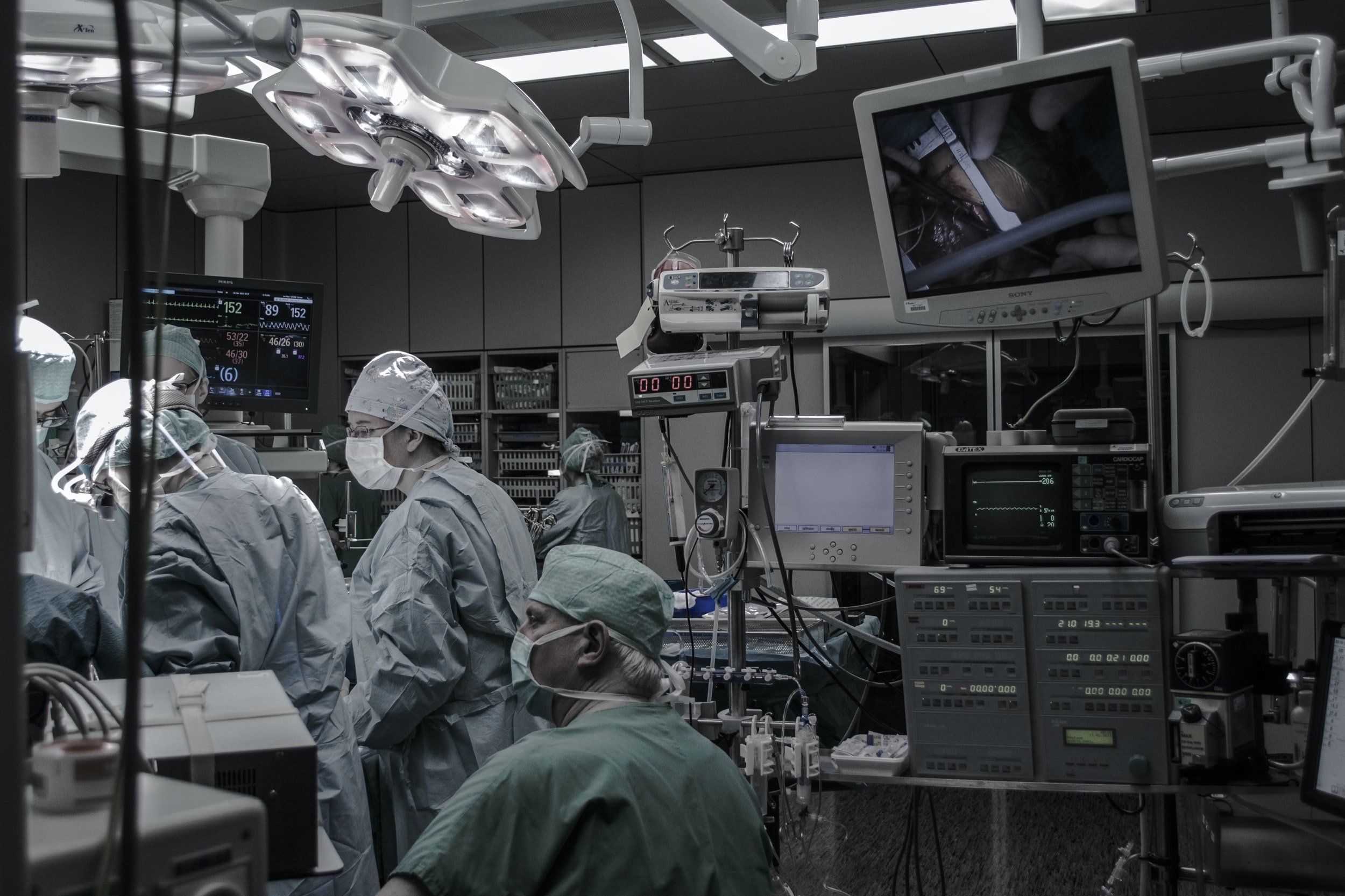
Gallstone Disease
Distended, thickened gallbladder (cholecystitis)
WHAT ARE GALLSTONES?
Bile is a liquid historically known as “gall” and it is made in the liver. Bile is a mixture of different chemicals and some bile is stored in a bag-like organ, called the gallbladder, situated just under the liver. After a meal leaves the stomach, a hormone is released from the gut which stimulates the gallbladder to contract, squeezing additional bile into the food to break it down into a form that we can digest. When the chemicals in bile (such as pigment and cholesterol) crystallise, gallstones start to form. Gallstone crystals grow to resemble gravel and may eventually look like pebbles.
Opened gallbladder containing gallstones and pus (empyema)
WHO GETS GALLSTONES?
By the age of 60 nearly a quarter of women (and a rather smaller number of men) will have developed some gallstones. Many people who have gallstones are without symptoms i.e. gallstones may reside in your gallbladder silently. Gallstones seem to be getting more common generally, possibly as a result in changes in our diet over the last two generations. Similarly, the age at which gallstones may give symptoms has changed a lot in recent years and it is now common to see young adults and even teenagers with symptomatic gallstones. Though other relatives of yours may have had them, gallstone problems are not inherited.
Anatomy of the liver, bile system and upper digestive tract
WHAT PROBLEMS DO GALLSTONES CAUSE?
Remember that gallstones may be entirely innocent.
Biliary colic occurs when gallbladder contraction forces a stone into the neck of the gallbladder where it weges, causing severe pain in the upper abdomen. This is usually on the right side, but may be a band of pain across the upper abdomen or even right around the trunk, with pain sometimes even experienced in the shoulder tip. These attacks typically occur shortly after a meal, especially a rich meal, and usually last for 30 minutes to a few hours. Nausea is common and vomiting may follow (sometimes relieving the pain).
Cholecystitis is a condition that usually follows from prolonged biliary colic. If the stone does not shift from its wedged position, the gallbladder wall becomes thickened through inflammation. Pain worsens and the abdomen becomes tender. There is often vomiting and evidence of infection starts to emerge, such as a fever or a raised white blood cell count. At its extreme end of the spectrum, the gallbladder may fill with pus, turn gangrenous or rupture. Cholecystistis usually results in hospital attendance as an emergency.
Obstructive jaundice (yellowness) may occur when a gallstone leaves the gallbladder and gets wedged in the bile duct (a tube connecting the liver to the gut). This is also a painful situation and jaundice develops as the flow of pigment (bile) from the liver is impeded. Not uncommonly, the stagnant bile becomes infected, leading to a high fever. This is termed cholangitis and also requires admission to hospital as an emergency.
Pancreatitis is a nasty condition in which the pancreas gland becomes inflamed as a consequence of the gallstone wedging in the bile tube just downstream from where the pancreas gland’s juices join the bile flow. This is a serious condition which can (rarely) quickly escalate to a life-threatening situation through damage to your liver, kidneys and lungs.
Gallstone ileus is very rare. In this condition a huge gallstone erodes its way through the wall of the gallbladder and enters the intestine directly, eventually coming to a rest in a narrower segment of intestine. This causes a blockage of the intestine with crampy pain, distension of the belly and vomiting.
HOW ARE THEY DIAGNOSED?
Gallstones are often suspected from the history of your symptoms and from the findings of a doctor when examining you. Gallstones are usually detected by a scan of one sort or another. This is typically an ultrasound scan (when stones are suspected), but it could be through other scans such as CT or MRI which are being performed for other reasons i.e. the stones are detected incidentally. Blood tests may sometimes confirm the presence of infection, liver impairment or pancreas inflammation arising from the gallstones. Specialist investigations such as CT, MRI and camera procedures (called ERCP) are sometimes necessary to assess the bile system or the consequences of gallstone-related conditions.
CAN I PREVENT THEM?
Gallstones probably cannot be prevented from being formed once you become aware that you have them, especially gallstones in a gallbladder. Once they are present, the attacks of gallstone-related biliary colic or cholecystitis might be reduced with some practical measures. Eating leaner meals might help, though this is not borne out by scientific studies. Eating smaller meals, eating a meal slowly over an hour or more, eating little-and-often rather than infrequent feasts, and drinking plenty of fluid with your meal may help. New gallstones are less likely to be formed if you follow a low fat diet, reduce your cholesterol levels and lose excessive weight. Rarely, and in select circumstances, your doctor may need to prescribe a drug called Ursodeoxycholic Acid to reduce gallstone formation.




